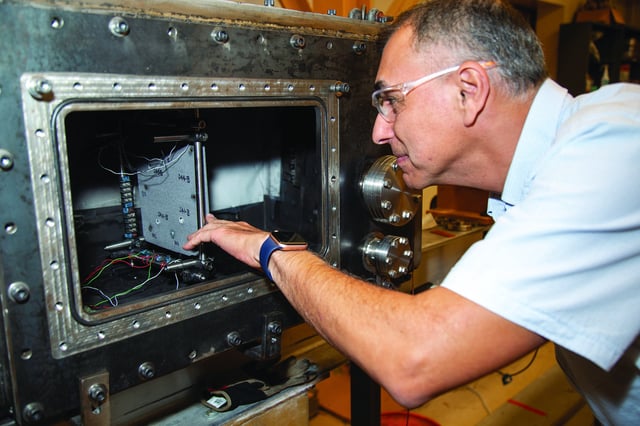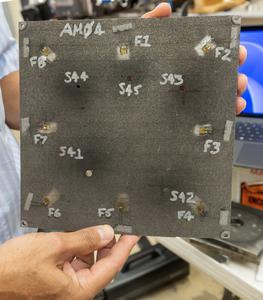Overview
- The system integrates a sensor-embedded structural panel with onboard processing to detect strikes and derive post-impact parameters.
- Hypervelocity trials at SwRI’s light gas gun targeted instrumented panels to replicate orbital collisions, with results published in the 2024 17th Hypervelocity Impact Symposium (DOI: 10.1115/HVIS2024-011).
- Designed for external mounting or structural integration, it functions as an on-board recorder that flags otherwise unseen hits and transmits data to Earth.
- SwRI says the data could guide more resilient spacecraft designs and, if networked, support alerts to nearby satellites after a strike.
- With full-scale lab validation complete, SwRI is seeking funding to build a flight-ready, space-qualified unit and evaluate paths toward a debris-mapping network.



